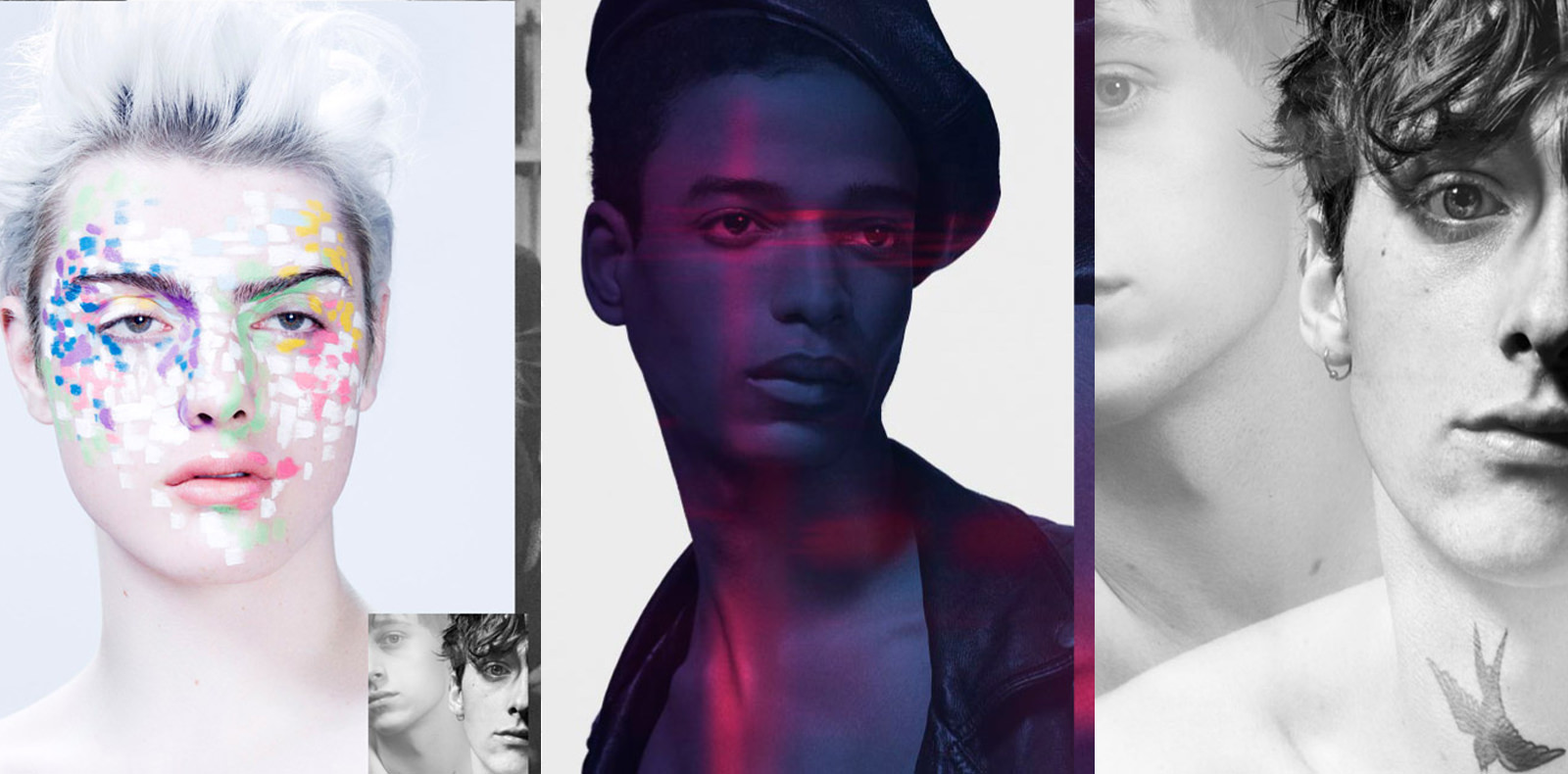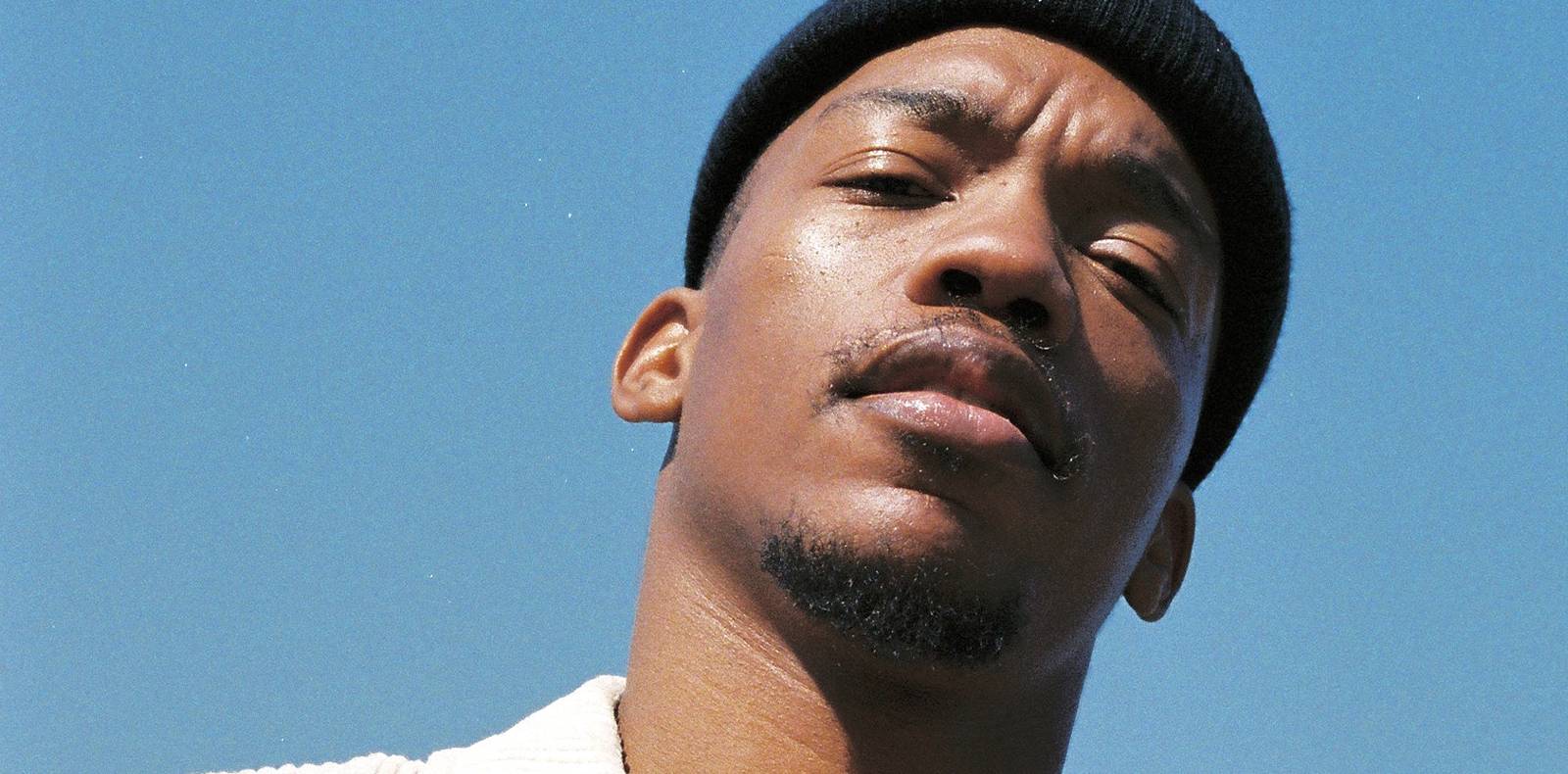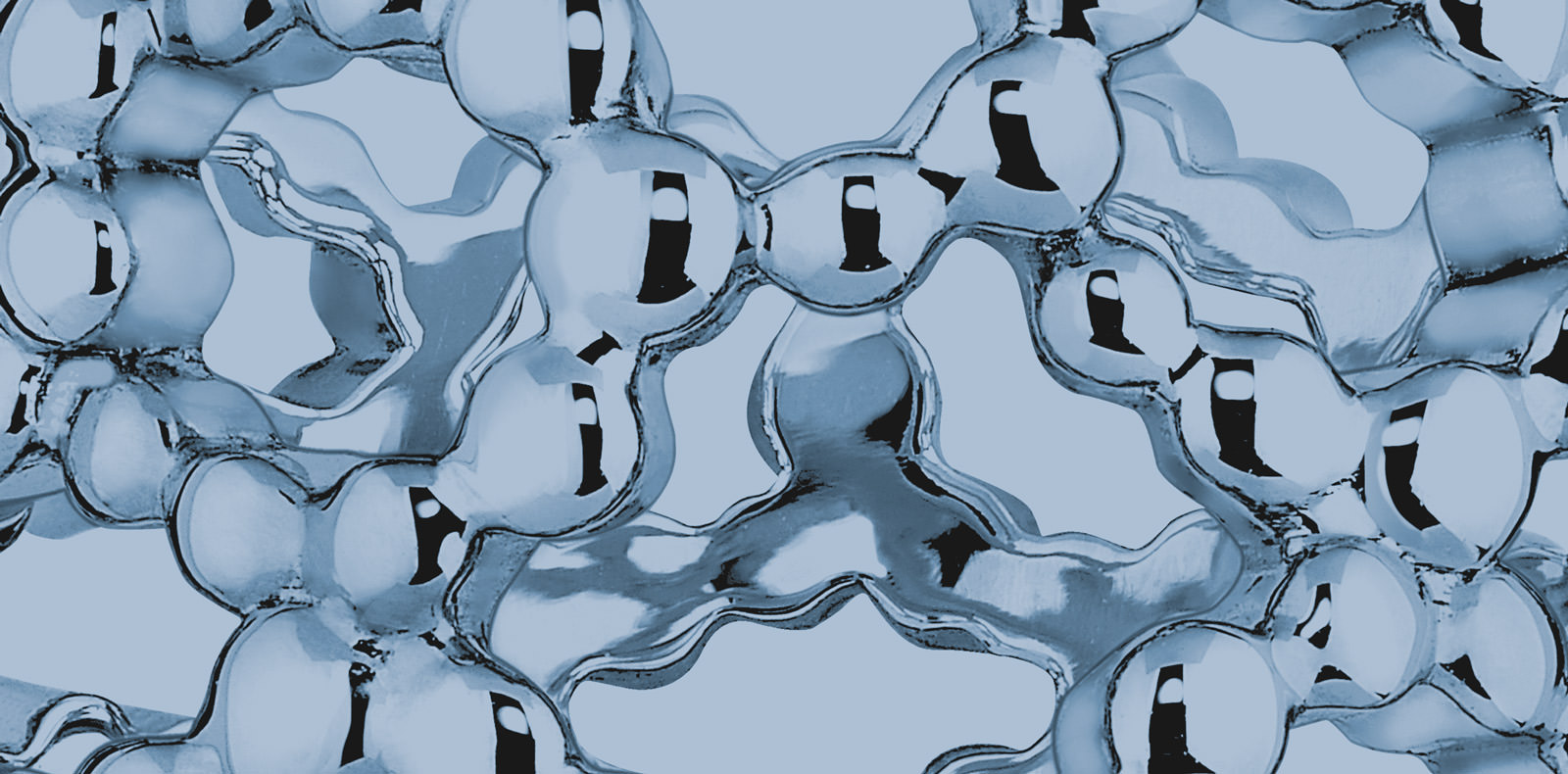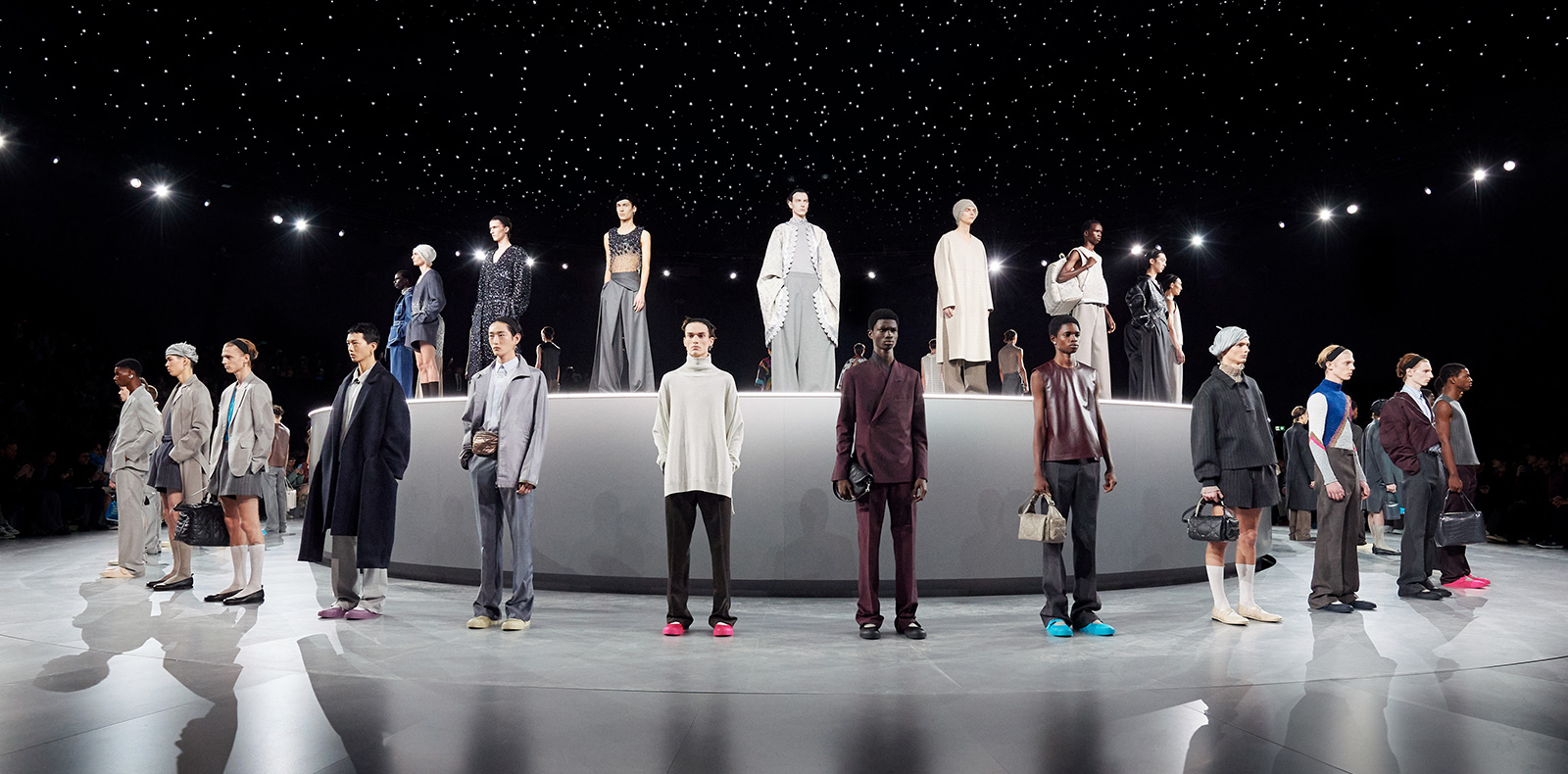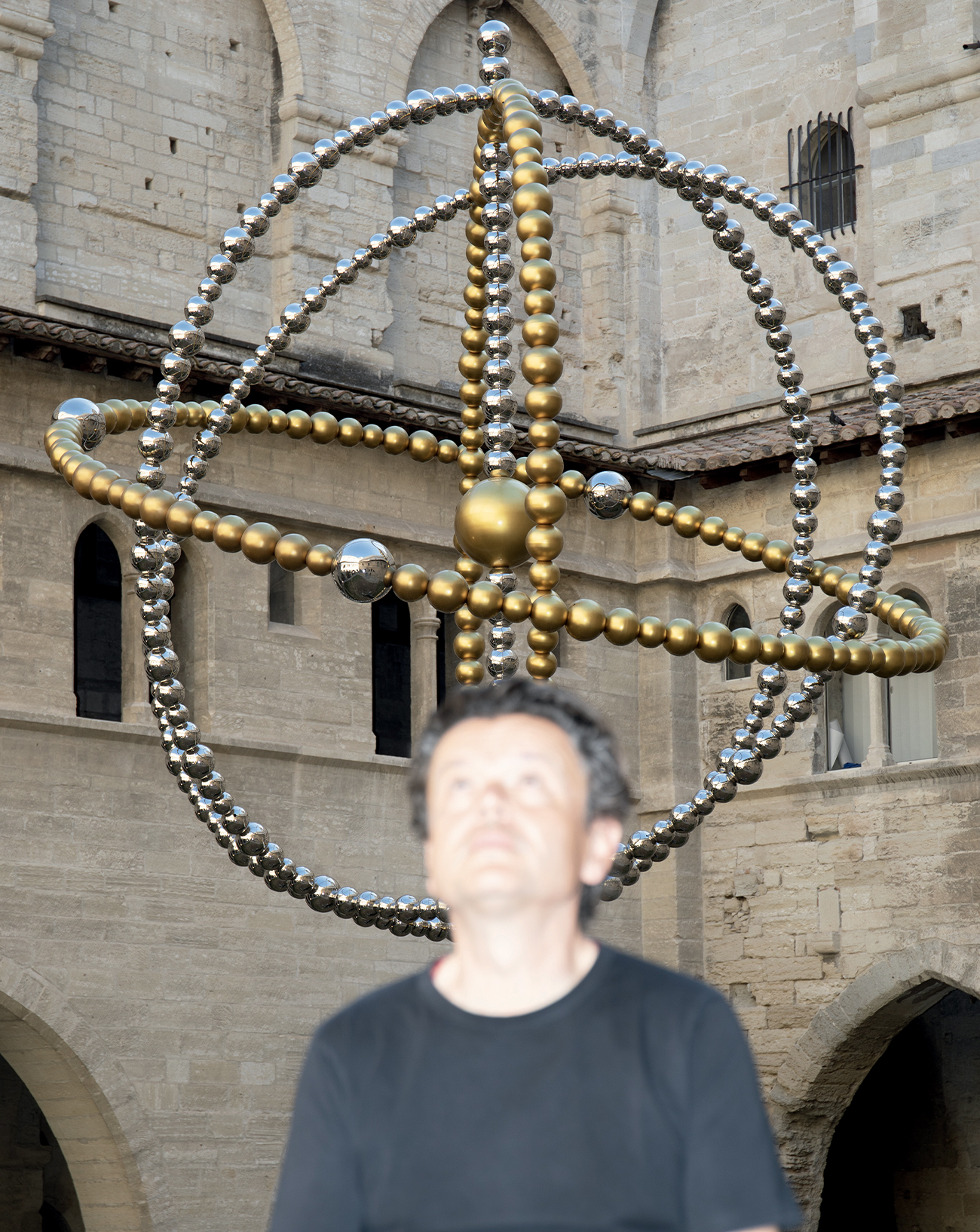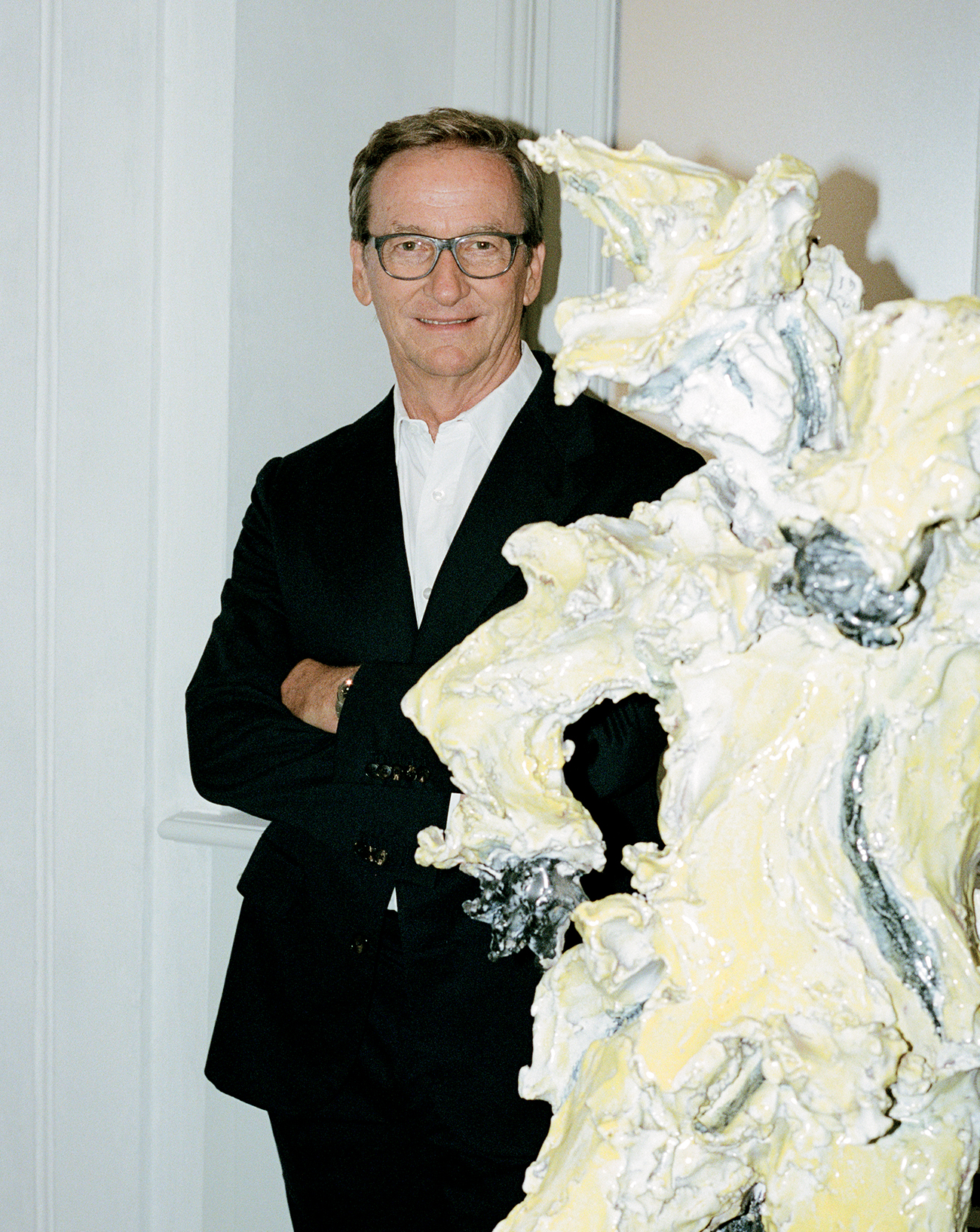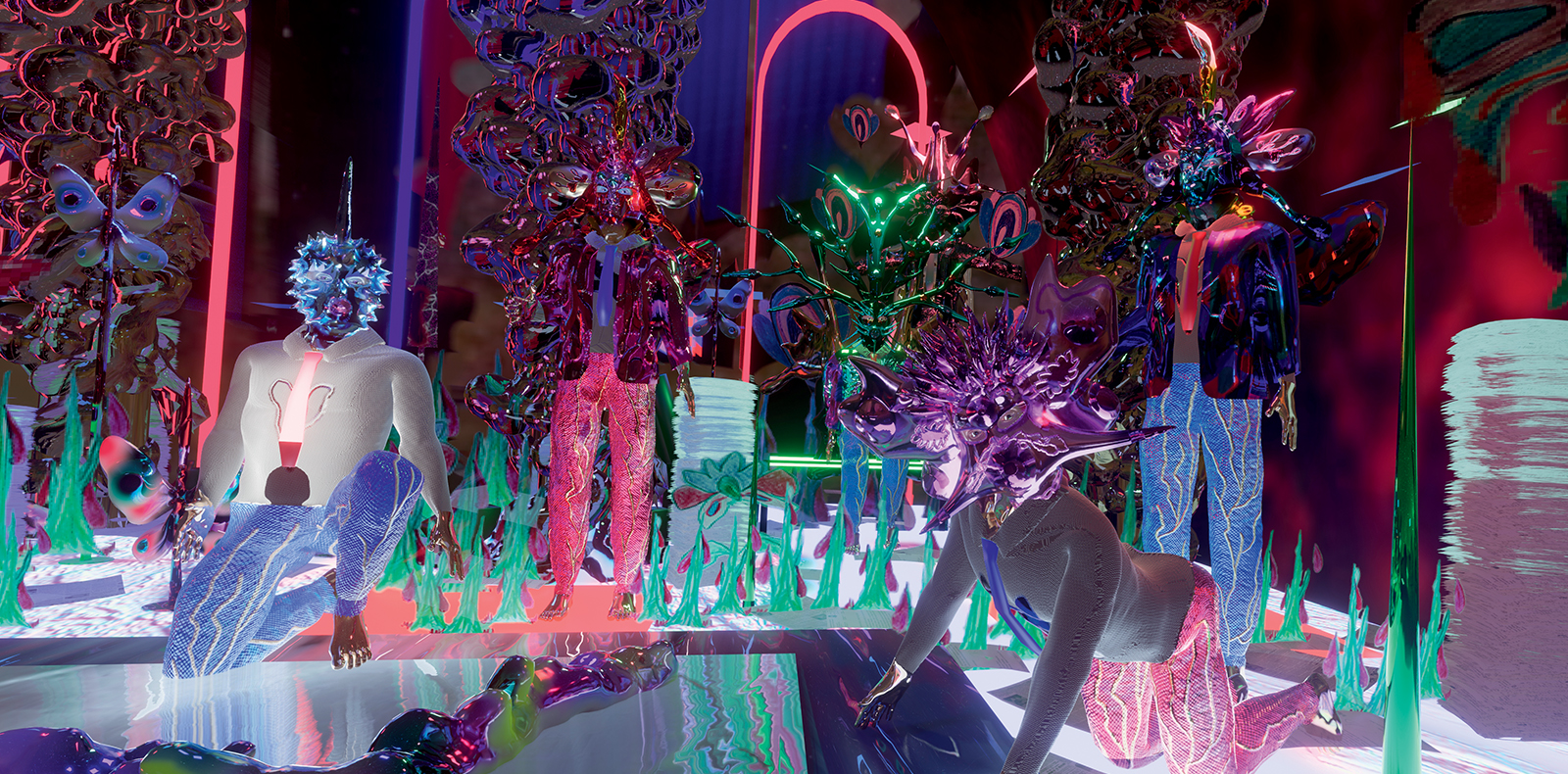
7
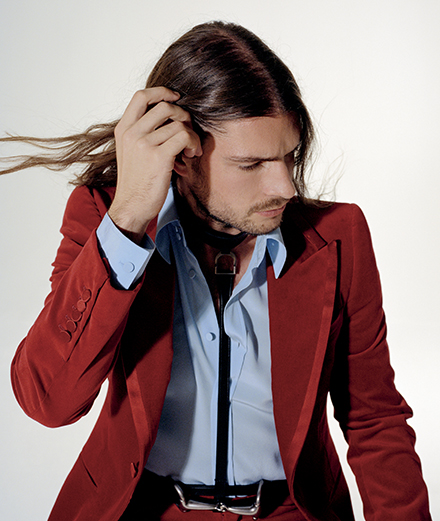
7
How artist Valentin Ranger’s enchanting orgies become home for mutating beings
For each issue, Numéro art showcases the French artistic scene’s most promising young talents. Today, focus on Valentin Ranger, whose 3D videos, drawings, sculptures and ex votos depict a profuse and complex world, filled with mutating beings.
Portraits by Charlotte Krieger,
Styling by Samuel François,
Text by Matthieu Jacquet.
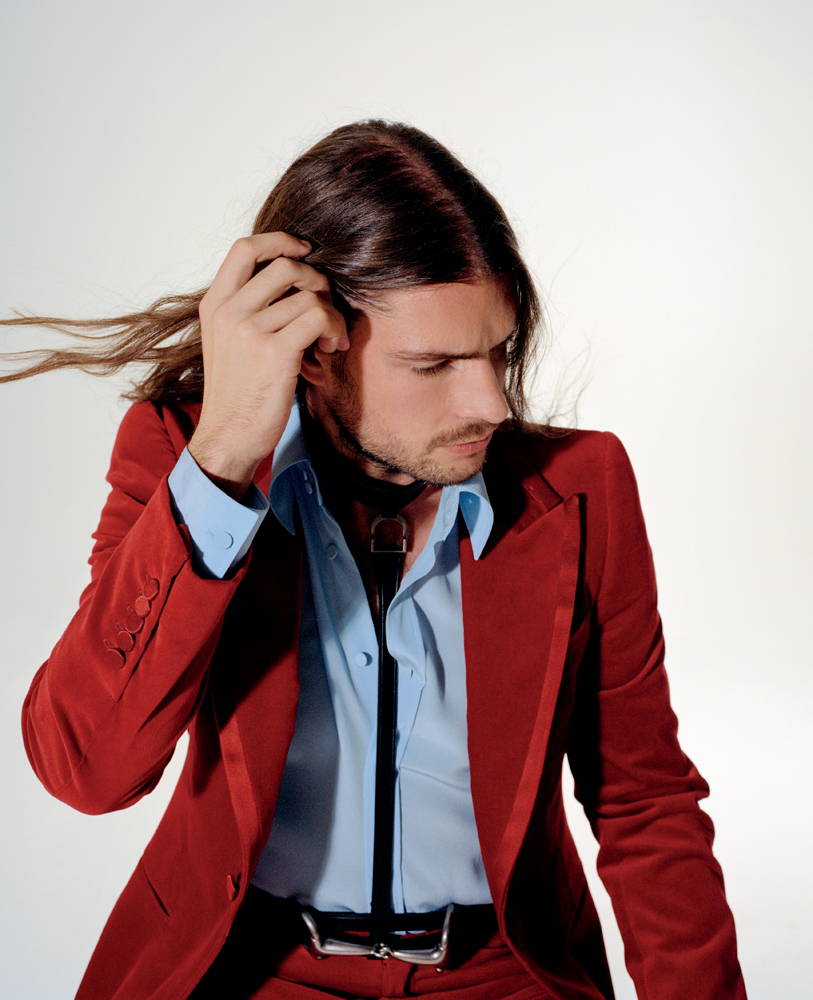
At the turn of the 16th century, Dutch artist Hieronymus Bosch painted his celebrated oak panel The Garden of Earthly Delights, a triptych depicting the fundamental Biblical myths, from the creation of Adam and Eve in the Garden of Eden to the horrors reserved in hell for sinful souls. In this major work, humans, demons and giant animals abound in a lush environment, some caught in the grip of lust and gluttony, others of anger and punishment. Four centuries later, this abundance finds its echo in the work of the young French artist Valentin Ranger : though freed from the religious fervour of his Dutch predecessor, Ranger likewise gives pride of place to pleasure, desire and excess, his phantasmagorical world teeming with spermatozoa-shrubs, woman-heifers, phallic fruit and butterfly-men, all of whom coexist harmoniously to the point of physically merging in euphoric scenes entirely devoid of hostility.

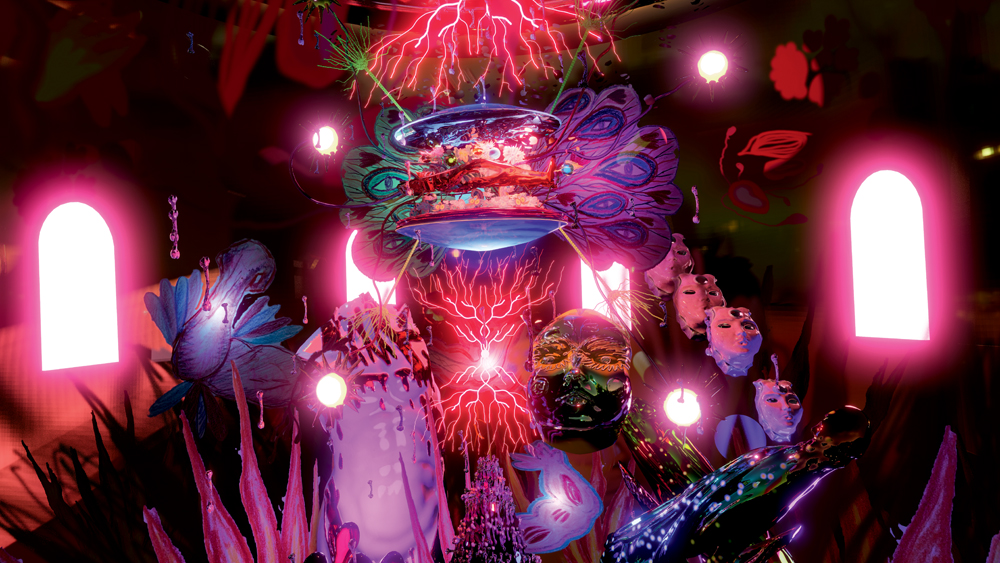
Currently a student at Paris’s École des Beaux-Arts, Ranger happily describes the landscapes of his imagination as a “vast opera,” which isn’t so surprising given that he initially envisaged a career on stage. During his theatre training, Ranger first of all found the confidence he needed to accept himself as he was, before coming up against the limits of the human body and regretting the lack of diversity on stage. As if in response, his artistic practice allows him to bring into being the characters that were missing, something he initially achieved through drawing and later through 3D animation and ceramics. More complementary than supplementary, all of these mediums open innumerable doors via which this autodidact can explore the infiniteness of his own imagination and decode its mysteries, be it through pastels and coloured pencils or the aluminium plates he engraves to create astonishing ex-votos. While he acknowledges inspiration from some of the greats – Brancusi, Cocteau, Ernst –, Ranger doesn’t deny the influence of pop culture, from Barbie to Zelda and Pokémon. Recurrent in his works, non-gendered characters with heart-shaped heads are the guardians of a hybrid wonderland whose acid-coloured organic decor draws us in like children to a sweetshop, before losing us its delights.
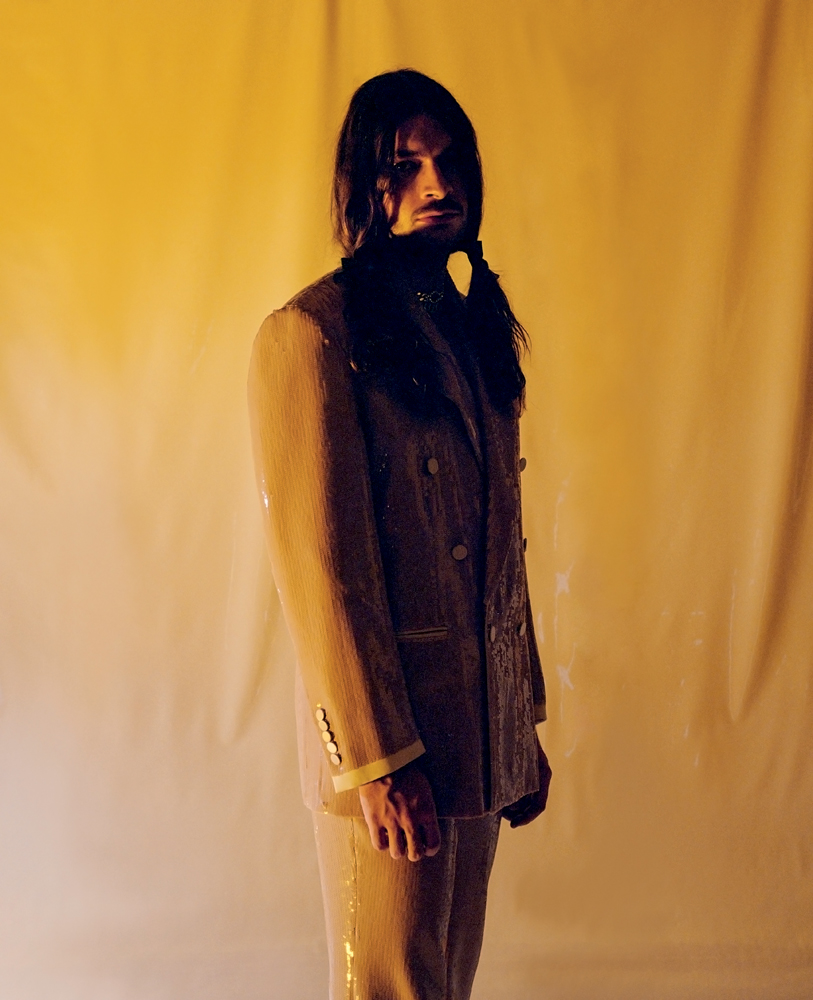
For behind this sugary aesthetic, with its knowing kitschiness and welcoming characters, hides a much more raw and even dark vision. In contrast to their apparent innocence and utopian view of a world paved with tenderness, his works are in fact drawn from the collective ecstasy of orgies, where bodies intermingle and taboos are overcome, where extreme pleasure can tip into danger and risk. The characters Ranger depicts embody the invisible beings who live with illnesses like HIV, whose experience of pleasure is sometimes coupled with a life sentence. In a world where there is no place for them, Ranger dreams up a refuge where salvation can be found in physical transformation. In the tradition of Donna Haraway’s Cyborg Manifesto, he advances towards a post-human world where the real and the virtual, the human and the animal merge as one. His next film will be a tribute to “those living beings who haven’t succeeded in mutating,” and promises to be an exhilarating spectacle in which their divergent voices come together in a harmonious symphony.






